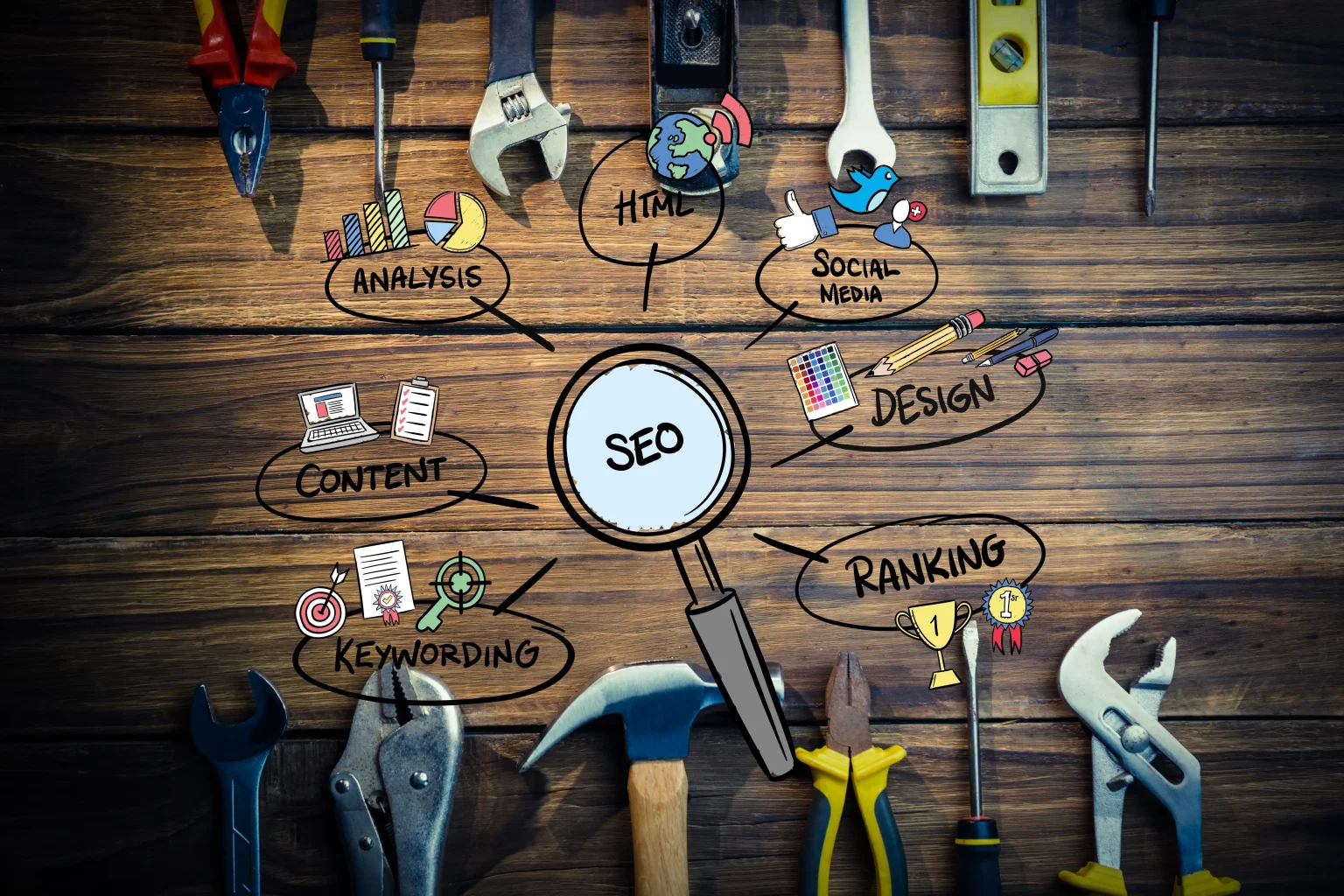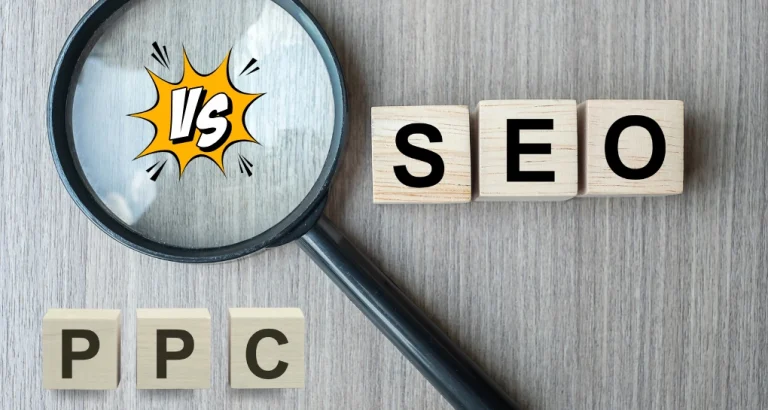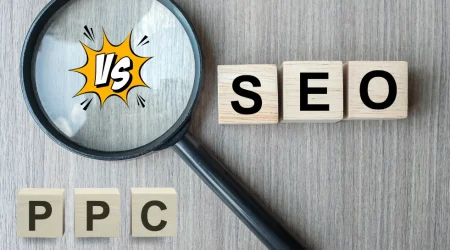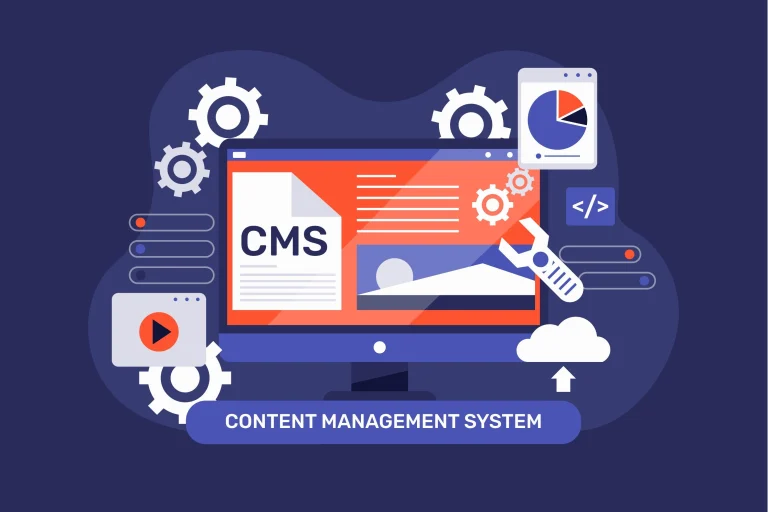In the ever-evolving digital landscape of 2025, it’s no longer enough for a website to just look good. Your design choices can significantly impact your site’s visibility in search engine results. Google now evaluates more than just content—it also examines how that content is delivered, experienced, and structured.
Whether you’re launching a new site or revamping an old one, understanding the link between website design and SEO is essential to maximising your online presence.
Why Design and SEO Are Inseparable in 2025
Search engines aim to deliver the best possible results for users. This means favouring websites that load quickly, are mobile-friendly, intuitive to navigate, and offer excellent on-page experiences.
Poor design = poor rankings
Common design flaws that can hurt your SEO include:
- Slow loading times
- Unclear navigation structure
- Non-mobile-responsive layouts
- Inaccessible content (e.g., text embedded in images)
- Poor internal linking
Google’s algorithm now places strong emphasis on user signals, including bounce rates, dwell time, and mobile experience – all of which are influenced by your site’s design.
Design Principles That Help Your SEO Rankings
Here are key design elements you need to consider for better SEO performance:
1. Responsive Design
Mobile-first indexing means your mobile design is the baseline for Google’s rankings. Responsive design ensures your site works seamlessly across all devices.
2. Page Speed Optimisation
A slow website won’t just frustrate users – it will cost you rankings. Use streamlined code, compressed images, and reliable hosting to keep load times under 2 seconds.
3. Clear Site Architecture & Navigation
Logical menus and URL structures help both users and search engine crawlers understand your website.
- Use a hierarchical structure (Home > Services > Service Page)
- Keep navigation concise
- Include breadcrumbs for usability
Tip: Implement a sitemap and submit it to Google Search Console.
4. Visual Hierarchy & Readability
Google bots crawl your content – and they can detect if it’s buried in poor layout. Use:
- Headings (H1, H2, H3) for structure
- Consistent font sizes and spacing
- Contrasting colours for legibility
5. Internal Linking Strategy
Good internal linking improves crawlability and boosts your site’s topical authority. For example:
- Link from your blog to relevant services
- Link from category pages to individual service offerings
This also improves user navigation and helps distribute link equity across your website.
6. Image Optimisation & Alt Text
Images should be compressed without losing quality, and always include descriptive alt text. This supports accessibility and helps search engines understand visual content.
7. User Experience (UX) Design
An intuitive, distraction-free design keeps users engaged. UX overlaps with SEO by reducing bounce rates and increasing dwell time – both strong ranking factors.
Elements to focus on:
- Fast-loading elements
- Minimalist, clean layout
- Clickable CTAs
- Easy-to-read content blocks
How Absolute Websites Applies SEO-Friendly Design
At Absolute Websites, we don’t treat web design and SEO as separate disciplines. Whether it’s custom website development, WordPress design, or a full website redesign, we integrate search optimisation into every stage of the build.
FAQs
1. Does web design really affect SEO?
Yes. From mobile responsiveness to site structure and loading speed, design choices directly impact how your website is ranked on search engines.
2. What are the most common design mistakes that harm SEO?
Non-responsive layouts, slow page speeds, broken navigation, and excessive use of graphics without alt text are all common pitfalls.
Final Thoughts
Great SEO begins with great design. When you blend clean, modern aesthetics with technically sound structure, you’re not just appealing to human visitors—you’re creating a site search engines want to rank.
Is your website design helping or hurting your SEO?
Let’s talk about how Absolute Websites can build or revamp your site with both design and rankings in mind.








